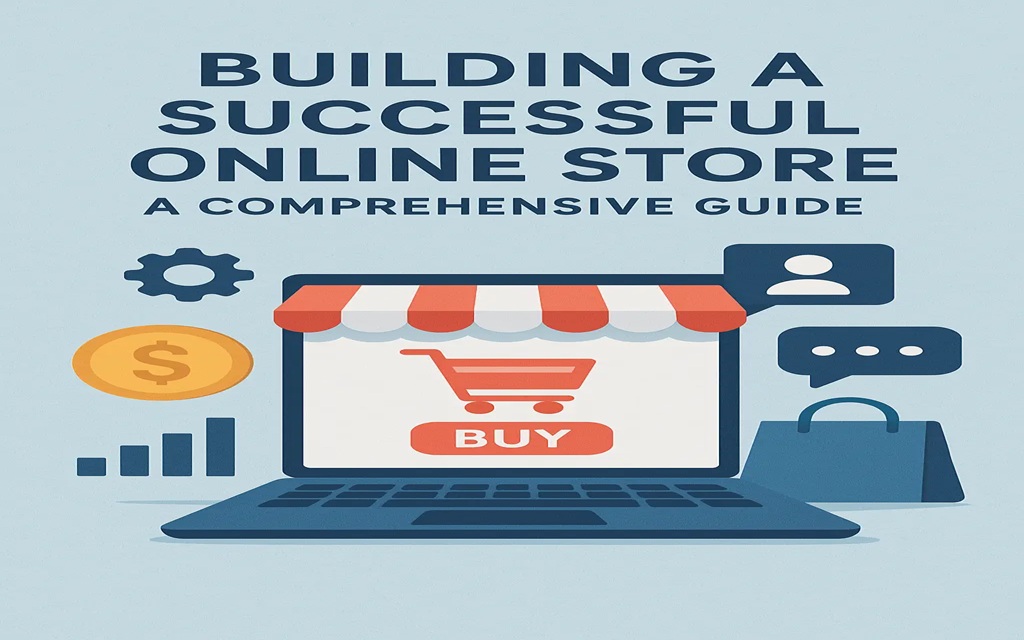You must set the foundation for success before establishing an online store. Before you begin, think about the following:
Audience: Choose your target market and the need your product or service addresses. Examine what your rivals are doing and figure out how to differentiate yourself, whether it’s through product diversity, pricing, or customer service.
Budget: Take into account the price of products, platform fees, site hosting, domain names, shipping supplies, and advertising. Plan appropriately and be realistic about how long it would take to recover these upfront expenses.
Legal requirements: Make sure you’re in compliance with local laws regarding taxes and company licensing. Consider your site’s terms of service and privacy rules as well, particularly if you’re gathering client information.
Inventory: To prevent running out of things, make a plan for product sourcing and inventory management.
Fulfillment: Whether you’re drop-shipping or managing shipping yourself, choose your shipping strategy to ensure on-time delivery.
Customer experience: Make sure your store offers the kind of customer experience you want before launching. Consider your approach to feedback, returns, and customer service.
How to set up an online store:
Select your platform.
There are benefits and drawbacks to platforms like Squarespace, WooCommerce, and Shopify. Take your time selecting a platform that meets your company’s requirements, taking into account payment methods and shipping integrations. In the process, take into account your budget, business size, and technological prowess.
Make sure your store is mobile-friendly, user-friendly, and efficient. To get you started, the majority of e-commerce platforms offer templates or themes. Tailor the design, color palettes, and visuals to the aesthetic of your company.
Include your goods.
Create simple product pages, upload excellent images, write engaging descriptions, and set prices to add your goods to the store. Add pertinent information like measurements, materials, and sizing charts. If you are selling services instead of tangible goods, be sure to specify exactly what is included.
Set up your shipping and payment choices.
Make it simple for your clients to make payments. Include several credit card alternatives or payment gateways (like Stripe). Additionally, you must choose whether to use free shipping beyond a certain threshold or flat-rate, real-time shipping quotations. Decide on delivery schedules, pricing, and shipping zones.
Try out your business.
Test everything before launching. To make sure the checkout procedure is seamless, place test orders. Look for typos, broken links, or problems with the loading of images on your product pages. Make sure your business works and looks excellent by testing it on various devices.
Put analytics and tracking into practice.
You must monitor the performance of your store in order to keep getting better. To keep an eye on traffic, sales, and customer behavior, use tools like Google Analytics and the analytics dashboard built into your platform. You can use this information to improve your business decisions and marketing strategies.
